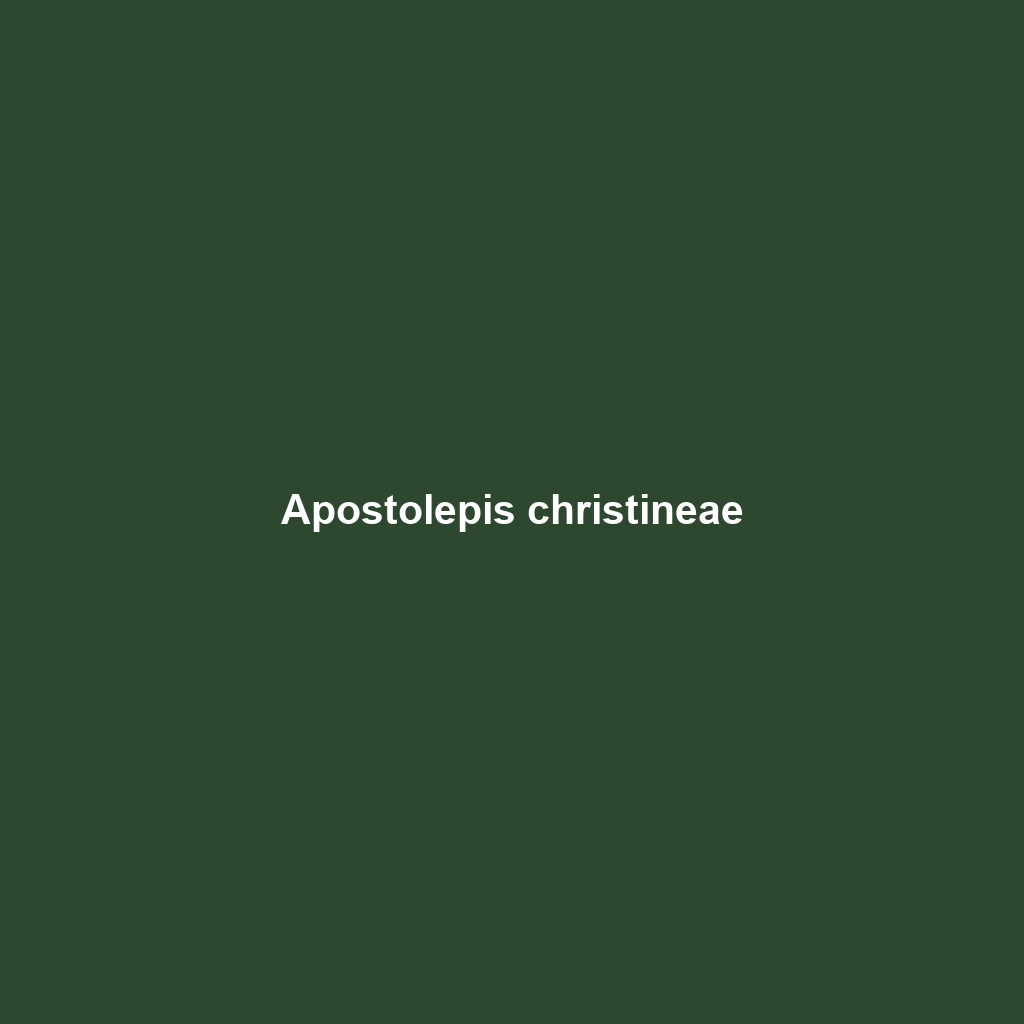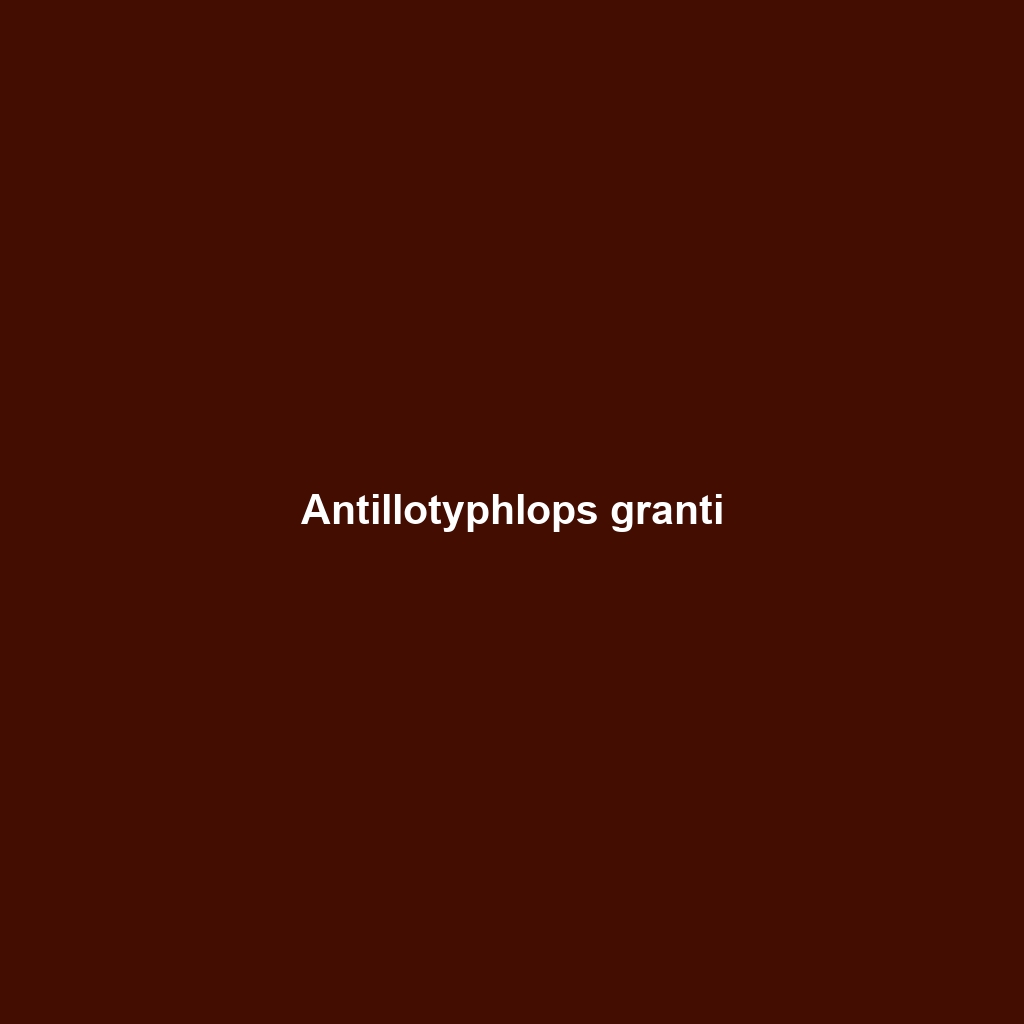Experience the unique Arrhyton taeniatum, a slender South American snake found in humid rainforest ecosystems, known for its distinctive brown or olive coloration with darker stripes and its ability to detect infrared radiation for enhanced hunting. This nocturnal predator plays a critical role in maintaining ecological balance by regulating prey populations.
Tag: vulnerable snake species
Apostolepis serrana
Apostolepis serrana is a slender, nocturnal snake native to Brazil's Atlantic Forest, known for its dark coloration with pale bands. This species primarily preys on small amphibians and lizards, plays a vital role in its ecosystem, and is classified as 'Vulnerable' due to habitat loss.
Apostolepis quirogai
Apostolepis quirogai, commonly found in the tropical forests of South America, is a nocturnal snake known for its slender, elongated body and distinctive brown coloration with lighter stripes. This vulnerable species plays a crucial role in its ecosystem, preying on small rodents and reptiles while exhibiting remarkable camouflage abilities.
Apostolepis christineae
Discover the unique Apostolepis christineae, also known as Christine's snail-eater, a slender, nocturnal snake native to the tropical rainforests of South America, featuring striking light brown to tan coloration with darker stripes. This vulnerable species plays a vital role in its ecosystem by controlling small reptile and insect populations while being a key prey for larger predators.
Antillotyphlops granti
Introducing Antillotyphlops granti, or Grant's blind snake, a slender, nocturnal species native to the Caribbean, primarily found in Puerto Rico and the Virgin Islands. With its degenerated eyes, it thrives underground, feeding on small invertebrates and playing a crucial role in maintaining ecological balance.
Anilios vagurima
Discover the Anilios vagurima, also known as the vagurima blind snake, a slender, fossorial species native to the rainforests of northeastern Queensland, Australia. Measuring 30 to 50 cm in length, this elusive snake thrives underground, feeding on small invertebrates while playing a crucial role in maintaining soil health and biodiversity.






